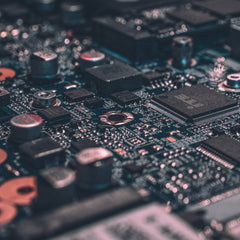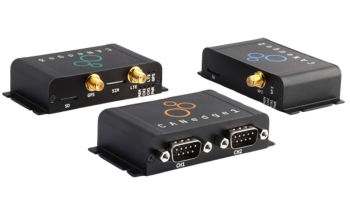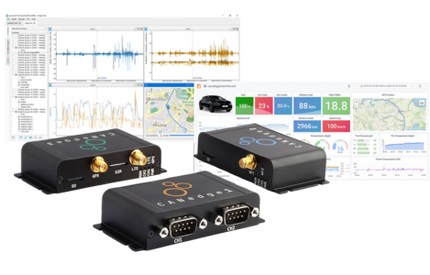This is part 2 of our 5 part series: 10 Internet of Things (IoT) Design Considerations
- Part 1: Cost and Network
- Part 3: Power and Size
- Part: 4: Antenna and Cloud
- Part 5: Interoperability & Security
3. Features
The IoT allows companies to add features to their product that were never possible before. These features have a wide range of benefits and functions including automatic software updates (over-the-air), smart home and office connectivity, reminders for maintenance, special offers, recall notices and upgrades and remote or local access and control. It is also important for designers to work with their marketing team to be sure the features desired by marketing are not limited by the hardware and networking technologies selected by the engineers.
These features extend new benefits to manufacturers as well. The features that consumers use can provide manufacturers with valuable insight to their products and applications of those products. For example, washing machine may have 20 different functions on it, but because it is connected, the manufacturer can learn which functions the consumer uses and why and then improve the washer’s product design over time. This same connected washing machine can also email or call its owner to let them know when a part is starting to fail and needs to be fixed before a problem arises. These new features also open the manufacturer to new revenue streams presented by the data collected from the smart device. A company that sells a connected washing machine can sell data on detergent use to the companies that carry those products so that they can have better information on their customer as well.
4. User Interface
Today’s consumers and business owners expect multiple ways to access and control the world around them. How are your buyers going to interface with your product? Options are numerous and range from using a smart home panel or gateway to an on-product LCD/LED display that can be paired with LEDs or push buttons. In addition, apps to monitor and control connected devices can be web-based or available for on-the-go consumers with smart phones. The type of product and its possible use-cases are important considerations when designing a product that can communicate information to its user.
Wi-Fi-enabled IoT devices may have the ability to act as a soft access point (soft AP) to allow a user to “join” its network locally with a smart phone, laptop or tablet. Soft APs make product LED/LCD displays unnecessary since the screen of the connected device will serve the same purpose.
Using a soft AP does not preclude the module from also connecting to the Internet and cloud-based services with some Wi-Fi modules. This dual-mode is very attractive because the user can access the product remotely and locally, depending on the features and use-cases for the product.







